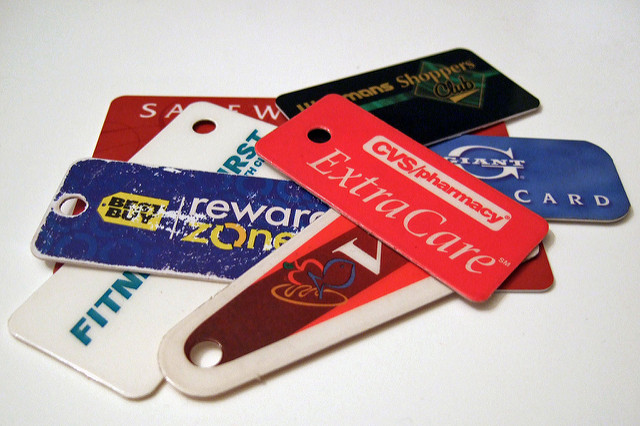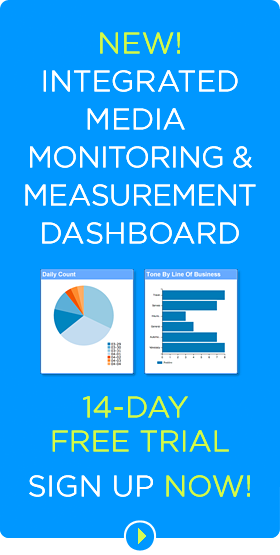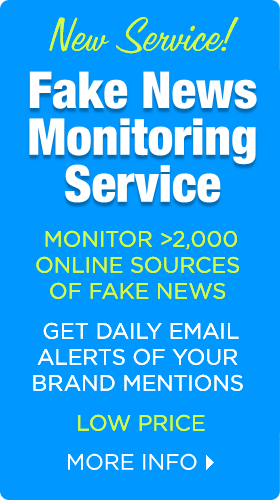
Photo credit: Joe Loong
Loyalty programs generate major profits by helping brands boost repeat business and retain customers. According to Selfstartr, 83% of customers say loyalty programs make them more likely to continue doing business with a company.
Many loyalty and rewards programs, however, fall short of their potential. Many brands don’t take advantage of the loyalty program’s most important benefit: data. Brand managers often ignore the very data that can help organizations better understand customers and improve their marketing strategies.
A Survey by the Direct Marketing Association and Forrester Research reveals that 58% of marketers are not satisfied with their loyalty programs. That’s probably because most loyalty programs are transactional, says Forrester Research analyst Tina Moffett in CMO.com. The programs are based on an “earn and burn mentality,” she said at a DMA conference.
Gathering and interpreting data is vital for a successful loyalty marketing program. Data enable brands to understand what consumers purchase, when they complete purchases, what messages they respond to, and what they are saying about brands and their products.
Interpreting and applying the data to promotions turns out to be a major challenge for many marketers. The Forrester/DMA survey revealed that 52% of marketers find it difficult to understand customers across different channels.
Move beyond Transactional Loyalty
Data can allow marketers to move from transactional loyalty to a brand loyalty strategy that provides insights on customer experiences, Moffitt said.
She offered these recommendations.
- Use your loyalty strategy to help customers discover new products.
- Streamline discovery through targeting.
- Offer relevant information to foster exploration.
- Shape a consistent and relevant cross-touch point experience.
- Personalize and deliver relevant product content.
- Encourage more frequent purchases.
- Deliver contextual offers.
- Refine the purchase process experience.
- Anticipate and answer questions after customer purchases.
- Implement an enterprise-level loyalty metric.
- Draw inspiration from companies with cult loyalty.
Ideal for Brick-and-Mortar Stores
Click Z agreed that data collection is the most important benefit of loyalty programs. That’s especially valuable for brick-and-mortar retailers. If customers swipe their loyalty cards with every purchase, retailers can learn when, where and how frequently they buy their merchandise. That enables them to deliver more relevant offers to individual customers.
Subway’s new rewards program offers a prime example. A customer who buys lunches during the week might be a good candidate for a weekly breakfast purchase. Someone who buys three sandwiches once a month might be a better candidate for a cookie upsell.
Self-Reported Data
Loyalty programs can also include self-reported information from customers. Subway offers birthday bonuses to collect customers’ ages. The key is to request information not already available. The rewards program already reports what kind of sandwiches people are buying.
Customers may also provide their email addresses and postal addresses, due to the potential savings through rewards programs. A full name and mailing address allows marketers to cross check even more data, such as household income, number of children and other details. Marketers should be careful to balance the cost of acquiring that detailed data against its benefits.
Bottom Line: Rewards programs increase customer loyalty and increase business. However, many brands do not take full advantage the main benefit of loyalty programs: the abundance of granular data that can help deliver personalized offers to customers.
William J. Comcowich founded and served as CEO of CyberAlert LLC, the predecessor of Glean.info. He is currently serving as Interim CEO and member of the Board of Directors. Glean.info provides customized media monitoring, media measurement and analytics solutions across all types of traditional and social media.




